Indonesia
Words of Hope is building the church in Indonesia by organizing listener communities in remote villages throughout the country. These communities have become essential to church growth and faith formation.
Indonesia is a hard place to do ministry. Made up of 17,500 islands (6,000 of which are inhabited) the country of Indonesia is incredibly diverse in language, culture, and religion. The population is 80% Muslim and 16% Christian, but the religious climate here varies greatly from one island to the next, with some strong pockets of Christianity and others of Hinduism and Animism. Though recognized as one of the official religions of the country, Christianity is often overshadowed by Islam’s greater numbers and positions in power. Islam is given preferential treatment, and Christian activities are often limited.
Christians may be subjected to threats and violence because of their faith. And yet, even in this hard place, the gospel of Jesus Christ is gaining a foothold through radio because of the generosity of Words of Hope supporters. Broadcasts in eleven different tribal languages can now be heard in this island country, bringing a geographically separated church together under one shared gospel of grace.
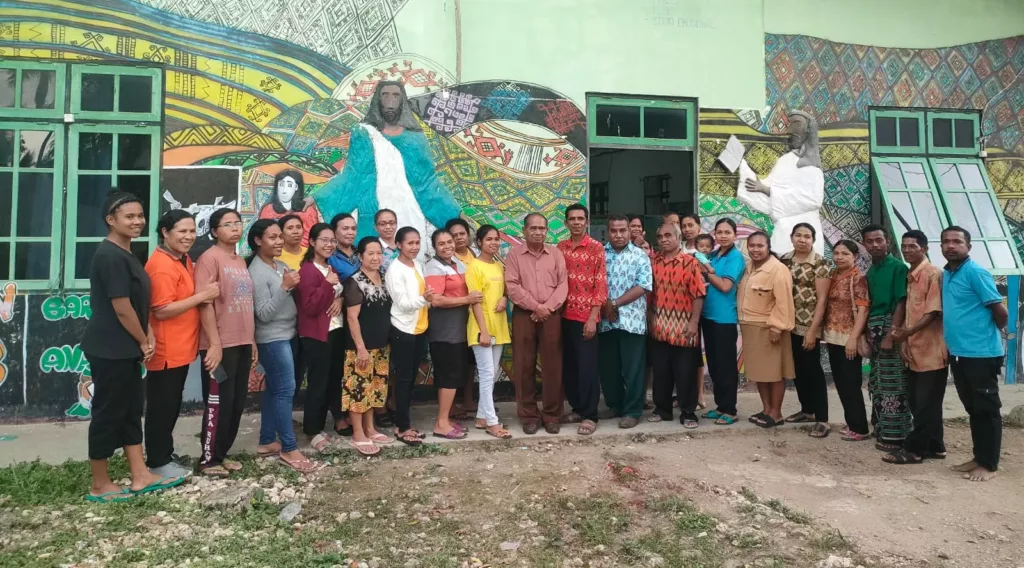
“I have committed before God to live honestly to my husband, children, and others, and especially to God. I now feel joyful and there is relief in my soul.
Languages
Words of Hope works in 22 Indonesian languages to reach the hearts of people across Indonesia.
Acehnese
The Acehnese people live in the northern reaches of the Indonesian island of Sumatra. Most Acehnese are farmers, metal workers, or weavers. Acehnese houses often rest atop stilts, allowing the space under the home to be used for storing livestock, tools, and firewood. Traditional homes are constructed of bamboo or coconut tree lumber, with clay tile roofs. The Acehnese practice conservative Islam and implement Sharia law in their province. They sometimes react with violence toward neighbors and friends who choose to leave the Muslim faith.
Balinese
Balinese is spoken by approximately three million people. Most Indonesians are Muslim, but the island of Bali is unique. Here the population is 90% Hindu. Bali has become a very popular tourist destination. The island is known for its dance, drama, and sculpture.
Dayak Ahe
The Ahe Dayak (Kendayan) language is spoken by the Ahe people in Indonesia, numbering about 60,000. They are part of the Borneo-Kalimantan people.
Dayak Ma'anyan
Ma’anyan is spoken by about 150,000 Ma’anyan people in Central Kalimantan and South Kalimantan, Indonesia. The Ma’anyan people are a sub-ethnic group of the Dayak, native to Borneo. The Ma’anyan language has many similarities with languages in Madagascar.
Dayak Ngaju
The Dayak Ngaju language is spoken along the Kapuas, Kahayan, Katingan, and Mentaya Rivers in Central Kalimantan, Indonesia. Ngaju is spoken by nearly a million people. It is closely related to the Bakumpai language.
Javanese
The Javanese are a primarily Muslim culture, with a minority of Christians, Buddhists, and Hindus mixed into the population. People frequently combine their chosen religion with certain aspects of traditional Javanese culture, creating a set of practices unique to the region. In Javanese families, male and female descendents are treated equally, and women are quite independent. Today, many Javanese work in the government and the military, but traditional occupations like rice farming and blacksmithing are also common. Rice is the staple food for the Javanese, and a meal is not considered complete unless rice has been a part of it.
Karo
The Karo language is spoken by the Karo people of Indonesia. It is used by around 600,000 people in North Sumatra.
Kupang
Kupang, or alternatively called Helong, Semau, or Helon, is a Central Malayo-Polynesian language native to West Timor, Indonesia.
Minangese
The Minang live in West Sumatra, Indonesia. They are the largest matrilineal society in the world, meaning that both their property and last names are passed on through the mother’s side of the family. Though inheritance belongs to the women of this people group, involvement in religion and politics remains primarily a role for the men. The Minang are often well-educated and successful. Islam is their primary religion, but traditional animistic beliefs are sometimes combined with the teachings of the Quran. Traditional Minang houses have roofs that curve upwards at the edges, resembling the horn structure of the local water buffalo.
Nias
The Nias language is spoken on the island of the same name, which is located off the coast of the larger Indonesian island of Sumatra. The word “nias” derives from the term for “human” that the indigenous people use to refer to themselves. The geographic isolation of the island has made for a local culture that remains quite unique. Locals still perform ritual war dances, and young men participate in a dangerous tradition of jumping over large stones covered in spikes to signify their coming of age. The majority of Nias people are Christian, with a small Muslim minority. They build earthquake resistant houses that rest atop pillars and have high rooftops.
Pakpak Dairi
Pak Pak Dairi, also known as Batak Dairi, is an Austronesian language of Sumatra, Indonesia. It is spoken by the Pakpak people.
Pamona
The Pamona (or Poso) language is spoken in Central and South Sulawesi, Indonesia. It is part of the northern group of the Kaili–Pamona languages.
Siau
The Siau languages, or Schouten languages, are native to Papua New Guinea and Siaus Island, Indonesia.
Simalungun
Simalungun, or Batak Simalungun, is a language native to less than 1 million people of Sumatra, Indonesia.
Sumba Anakalang
Sumba Anakalang (or Anakalangu) is spoken by the people of the Anakalang district on the island of Sumba, Indonesia. Only about 17,000 people call Anakalangu their heart language. They are known for their large stone tombs that span across the Anakalang villages.
Sumba Kambera
The Kambera language is spoken by the Kambera people on the island of Sumba. This people group is vast majority Christian.
Sumba Wewewa
The Wewewa people live on the island of Sumba, Indonesia, with a population of approximately 63,000. The majority of the Wewewa people practice animism.
Sundanese
The Sundanese people live on the Indonesian island of Java, and are the second largest people group in the country. Though primarily Muslim, some Sundanese still follow traditional animistic belief systems. They rely on rice as a staple food for all meals, and enjoy a wide variety of fresh vegetables and fish served alongside. Many Sundanese make a living as rice farmers or as small business vendors selling foods, drinks, or services such as barbering.
Talaud
Talaud is a language spoken on the Talaud Islands of Sulawesi, Indonesia. The language is native to around 82,000 people.
Timor
The Timor language is spoken on the island of Timor in Indonesia.
Toba Batak
The Toba people are the most numerous of the Batak groups living in North Sumatra. The Toba put on cultural demonstrations, performances, and festivals for the enjoyment of tourists. They are known for their capable musicianship, and are perceived as confident, outspoken, and willing to question authority.
Toraja
Toraja, or Toraja-Saʼdan, is native to the Torajan people, an ethnic group indigenous to a mountainous region in South Sulawesi, Indonesia.
Prayer Requests
- Pray for the growing number of listener communities across the country.
- Pray for those who have responded to the gospel message to grow in their faith.
Stories from Indonesia
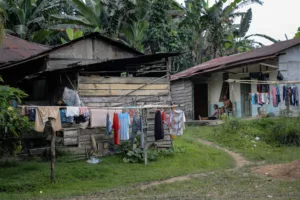
Listener Communities
In the island country of Indonesia, Words of Hope’s ministry partners are working to establish listener communities in all of the areas where rural, small language broadcasts can
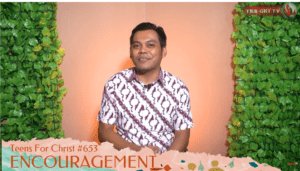
Junior High Viewers Community in Indonesia
Words of Hope’s partners in Indonesia work to establish listener and viewer communities in villages around the country. These communities gather to discuss the gospel

Peaceful and Secure
Read: 2 Corinthians 5:1-10 For we know that if the tent that is our earthly home is destroyed, we have a building from God, a
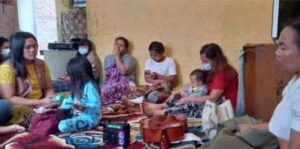
Lives Changed in Indonesia
We received the following testimony from a man named Alexander who is in his 60s and who attends a Words of Hope listener community group
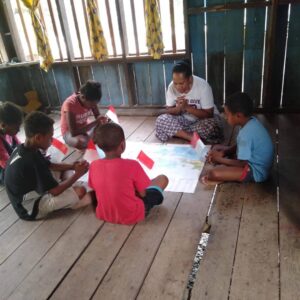
Learn a Little Javanese!
In Indonesia, daily devotional programs are currently being translated into 16 different languages. The work of translating must be done carefully. Certain words and phrases
